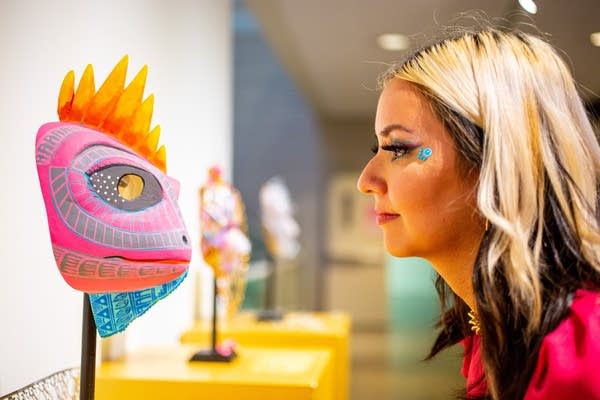'A phenomenon': A new book features contemporary Latin artists in Minnesota

Alondra Marisol Garza is the youngest featured artist in "Latin Art in Minnesota: Conversations and What's Next." The book showcases the talent and diversity in the Latino art community.
Courtesy of Nicole Neri
Go Deeper.
Create an account or log in to save stories.
Like this?
Thanks for liking this story! We have added it to a list of your favorite stories.



